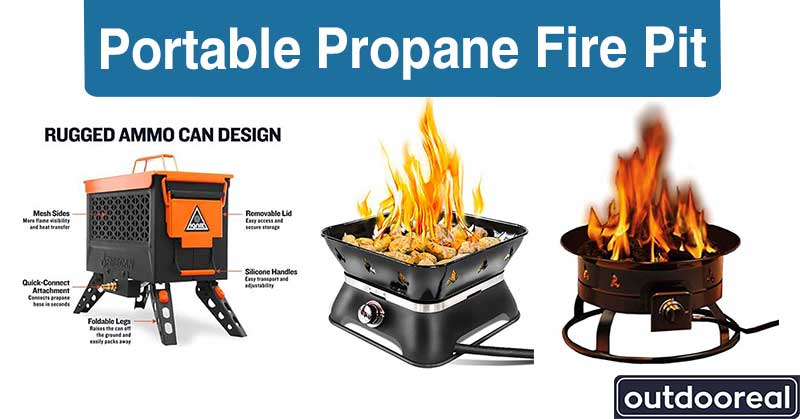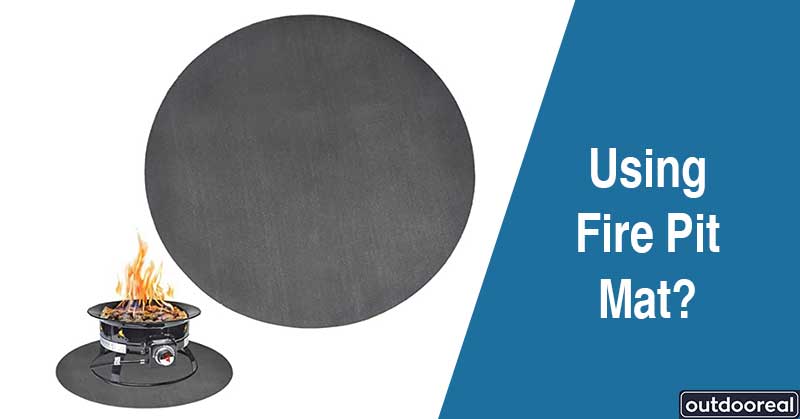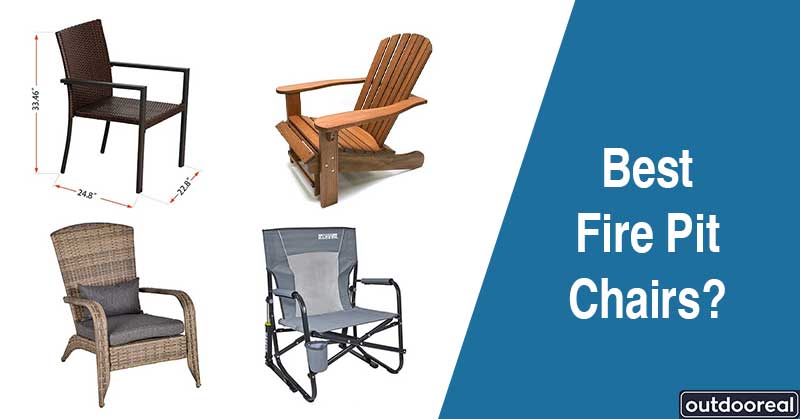The best way to enjoy a long-lasting performance from your backyard heater is to maintain it regularly and follow the manufacturer’s instructions while using it. Different patio heater types have separate ways to clean, maintain and operate. Knowing the heater’s mechanism, the proper maintenance way, and for what things it will malfunction will help you increase the lifespan of your patio heater.
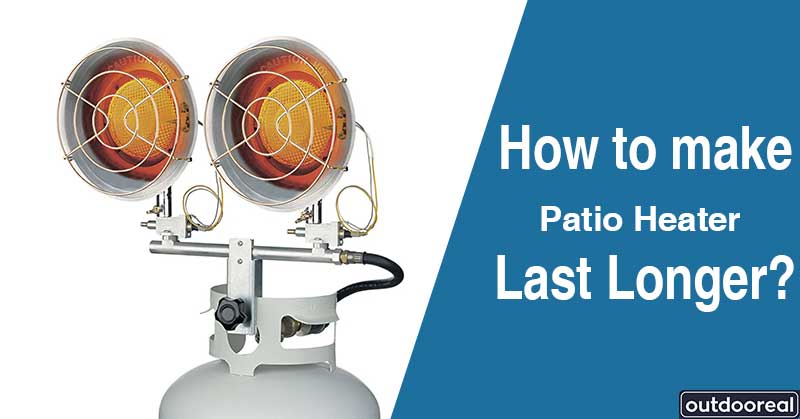
7 Tips That Will Make Your Patio Heater Last for Several Years
As we have already mentioned, the maintenance and care differ in types of patio heaters. Here we will discuss ways to increase your heater’s lifespan in two categories, i.e., Gas/ propane and electric.
For Gas and propane patio heater:
1. Clean Regularly
Clean the Gas or propane patio heater weekly to ensure no dust or dirt build-up. Allow the patio heater to cool completely before cleaning. Clean with frequent soft cloths and warm water and soap solution. If the heater has a glass build-up, you can clean it with glass cleaner. Also, avoid using detergent and wetting the burner. When cleaning the burner, use a gauge or wire wool.
2. Never use the heater under the rain, high wind, or snow
Using the propane or gas patio heater under rain or snow for a couple of minutes won’t do significant damage; however, if the water goes inside, it will significantly damage the heater and its inner parts. As a result, it will rust or start malfunctioning.
Also, using your patio heater, especially the portable type, at high wind speed( above 10 miles per hour) is difficult. Not only does it have the chance of tipping over, but dust and debris will also clog the burner and prevent it from functioning correctly the next time.
3. Protect the heater with a cover or store it when not in use
When not in use, it is advisable to keep the heater inside if it is portable. If you want to put the patio heater on the patio, or if it is fixed, install a weatherproof cover. A cover can protect your patio heater from unexpected rain or snowfall. Furthermore, leaving your heater in the shower or snow is highly unsafe.
4. Inspect the gas cylinder, burner, and other parts regularly
Regularly check the hose pipe, gas connection, burner, regulators, and every other little part of the heater. Gas leaks or other malfunctions, if neglected, can cause major fires. Also, ensure the cylinder or any joint is not rusted or damaged.
For electric Patio heater:
1. Maintain a weekly cleaning
When the electric heater has been switched off and cooled, clean it with soap and water using a cotton gauge once a week. To achieve the most remarkable results, keep the reflector within the heater and behind the bulb clean during the cleaning procedure. Clean and wipe down the water marks from the lamp glass. Also, ensure no water gets inside the burner, resistor, or other inner parts.
2. Use a cover or store the patio heater
Store it inside immediately when you are finished using an electric patio heater. Use a waterproof cover if you wish to keep it outside or in a mushroom form.
For hanging styles and wall-mounted types, it is better to use them under a gazebo or covered porch.
3. Do not use the electric patio heater under rain or snow
An electric patio heater is relatively safer when considering its alternatives; however, it’s better to switch off and plug out the connection if it starts to rain or snow. If water gets inside, the heater may cause you or your family to get an electric shock if touched bare-handedly.
What Makes a Patio Heater Not Working?
A patio heater may not work correctly for several reasons; for example, a lesser or irregular gas supply may cause it to not light or burn perfectly. We have discussed some common reasons why a gas patio heater may not work correctly;
Low gas pressure:
The gas pressure irregularity is one of the common causes of the patio heater not working correctly. As a result, the heat output will be low or stop burning completely. This may also cause if your hose or pipe connection has a hole or damage.
Thermocouple dust build-up:
If your thermocouple has a build-up of dust or debris, it will cause the patio heater to be lit but not burn properly. Or else, it may stop continuously, no matter how often you turn it off.
Thermocouple or other inner part rusting:
Rusting is a prevalent cause for the patio heater not working correctly. For example, it may stop work or produce heat but will stay lit. Also, a continuous shutdown will happen.
Ignitor broken:
If your ignitor is broken or the wires malfunction, your patio heater will not be lit. Instead, you have to replace the old ignitor.
There can be many other causes, for example, dust or debris build-up, rusting, inner parts wiring out, low-voltage electric supply, etc.
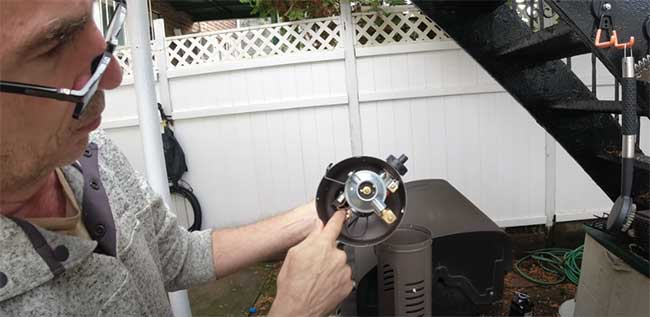
Can You Fix Your Heater by Yourself?
Yes, you can fix some common patio heater malfunctions yourself at home. Such as thermocouple cleaning, rust cleaning, ignitor replacement, gas connection fixing, etc. Here are some self-troubleshooting guides for heater malfunctioning
C-15 by azmira
However, for regulator problems, gas connection problems, or other serious issues, it’s better to use your warranty or call a specialist.
Proper Way of Cleaning Your Patio Heater
Cleaning your patio heater can be a solemn task as it decides your patio heater’s lifespan and performance. Gas or propane patio heaters are usually made of stainless steel.
Gas and propane patio heater cleaning;
After the heater is completely cooled down, take some warm water and a soapy solution, use a cotton cloth or wire wool to rub off the heater’s surface, and wipe it down with a cotton wire cloth. Rub the dust from glass and other metal parts, such as the reflector, hose, pipe, regulator, cylinder, and the whole body of the patio heater, with wire wool.
If your propane or gas patio heater is already rusted, then do the following:
Sand the rust patches using emery cloth or sandpaper until all the rust has disappeared and the metal is visible. Mix baking soda with water or hydrogen peroxide to make a thick paste to remove stubborn rust. With a cleaning cloth or pad, apply this acidic solution to the rusted metal surface and leave it for 15 to 20 minutes. Finally, use a ball of steel wool or do further scrubbing to remove any remaining rust particles.
Electric patio heater cleaning;
Once a week, after the electric heater has been turned off and cooled, clean it with soap and water and a cotton gauge. Refrain from cleaning the inside of the patio heater, such as electric parts, resistors, wire, or other parts, with a watery solution if you wish only to get rid of the dust with a dry cloth or wire wool.
Final Verdict
Increasing the patio heater’s performance needs care and proper maintenance. Apart from the regular maintenance tips, remember to put the heater in an even smooth place; if possible, use a heat protective mat. Also, never place a patio heater under a tree or near flammable substances. Finally, remember using any product according to the manufacturer’s instructions helps it to last longer and perform better.



